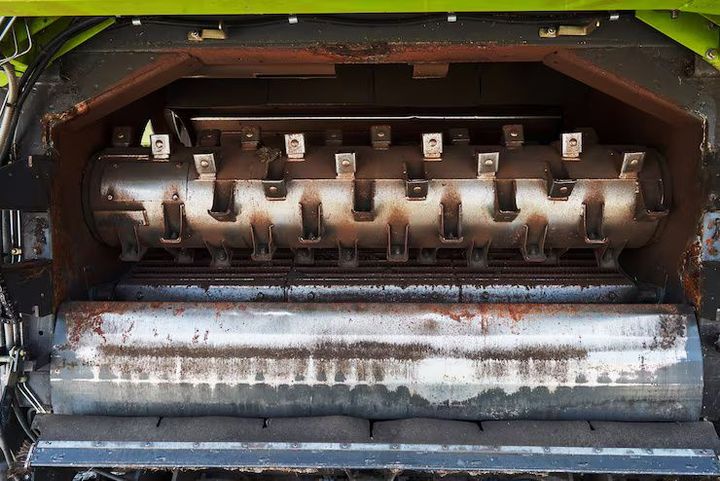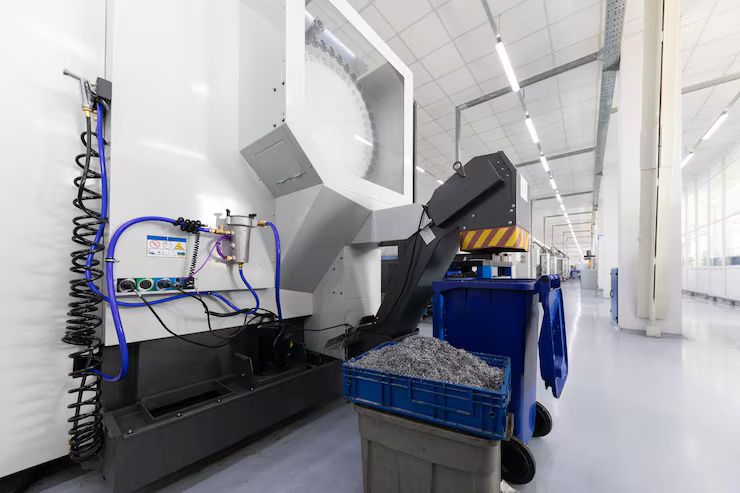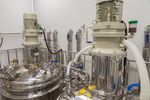
Industrial Crushers Overview: Key Components, Working Basics, and Functional Insights
Industrial crushers are machines designed to reduce large solid materials into smaller, manageable sizes. They are widely used in mining, construction, recycling, manufacturing, and material processing. Their main purpose is to break down rocks, ores, minerals, and industrial waste that cannot be processed directly. The demand for reliable crushing equipment continues to grow as industries expand and materials need to be processed efficiently.
Industrial crushers exist because raw materials are rarely found in convenient shapes or sizes for industrial use. For example, mined ores appear as large pieces that require size reduction before moving to refining stages. Similarly, construction demolition generates large concrete pieces that need to be crushed for recycling.
Crushers perform this reduction using mechanical force. The force can come from compression, impact, shearing, or grinding. Different industries choose different crushers depending on material hardness, required output size, and production volume.

Common Types of Industrial Crushers
-
Jaw Crushers
-
Cone Crushers
-
Impact Crushers
-
Roll Crushers
-
Hammer Mills
These crushers play a central role in material handling systems, supporting processes such as aggregate production, mineral processing, cement manufacturing, chemical processing, and waste recycling.
Importance
Industrial crushers are important to multiple sectors because they solve the issue of material size and uniformity. Consistent and controlled material size ensures efficient downstream processing, reduces energy usage, and improves product quality.
Who Benefits
-
Mining and mineral extraction operations
-
Construction and infrastructure development
-
Manufacturing plants
-
Cement and aggregate production facilities
-
Waste management and recycling units
Problems Addressed by Industrial Crushers
-
Reduces oversized material for easier handling
-
Supports uniform feed for conveyors and grinding mills
-
Enhances recycling efficiency by transforming waste into reusable material
-
Improves productivity in both continuous and batch production systems
Without crushers, many industrial production lines would face bottlenecks, higher operational costs, and inconsistent product quality.
Recent Updates and Trends
Changes in industrial crushing technology have focused on efficiency, automation, and environmental considerations.
Key Trends (2024–2025)
-
Adoption of smart monitoring systems that track power consumption, wear patterns, and output levels.
-
Energy-efficient crusher designs aimed at reducing operational energy usage while maintaining material throughput.
-
Increased usage of crushers in recycling industries, as global sustainability efforts continue to expand.
-
Improved wear-resistant materials developed for crusher components, leading to longer equipment life cycles.
-
Growth in mobile and tracked crusher units that can be used directly at construction and mining sites, reducing the need for transporting raw materials.
For example, several manufacturers in 2024 introduced automated adjustment systems that allow crushers to respond to real-time material changes. This ensures more consistent product sizing and reduces the need for manual calibration.
These updates highlight the move toward reliability, reduced environmental impact, and integrated process control.
Key Components and Working Basics
Each industrial crusher contains core mechanical elements that work together to create controlled material reduction.
| Component | Purpose | Notes |
|---|---|---|
| Feed Hopper | Introduces material into the system | Designed to prevent blockages |
| Crushing Chamber | Area where material reduction occurs | Shape varies based on crusher type |
| Drive System | Provides motion, usually through electric motors | Motor capacity depends on throughput |
| Bearings and Shafts | Support movement of crushing elements | Designed for durability and alignment |
| Discharge System | Outputs processed material | Output size may be adjustable |
How Crushers Work
-
Raw material enters the feed hopper.
-
Crushing occurs inside the chamber using compressive, impact, or shear force.
-
Material is broken into smaller pieces.
-
The processed material exits through the discharge opening.
Examples of Crushing Mechanisms
-
Compression: Jaw and cone crushers use gradual compressive force.
-
Impact: Impact crushers and hammer mills use high-speed striking.
-
Shear and Friction: Roll crushers apply rotational pressure.
The choice of crusher depends on the hardness of material, desired particle size, production volume, and operational setting.
Laws and Regulations
Industrial crusher operation is influenced by safety, environmental, and industrial equipment regulations. Requirements vary across countries, but the general focus remains on safe operation, dust control, and noise management.
Typical Regulatory Areas
-
Worker safety standards related to moving parts and noise levels
-
Dust suppression and air quality compliance
-
Maintenance and operational certification procedures
-
Safe installation of electrical drive systems
-
Guidelines for handling and recycling crushed materials
Many regions encourage the use of crushers in recycling applications as part of circular economy initiatives. Environmental agencies also monitor dust and noise emissions, requiring facilities to use control systems such as water sprays, enclosures, and acoustic barriers.
Tools and Resources
A number of tools and resources can support the selection, planning, and operation of industrial crushers.
Useful Technical Tools
-
Material hardness charts
-
Particle size calculators
-
Conveyor and feed rate estimation tools
-
Wear part life cycle tracking software
-
Maintenance scheduling applications
Reference Resources
-
Engineering handbooks on materials and processing
-
Online industrial equipment knowledge portals
-
Industry associations focusing on mining, aggregates, and recycling sectors
Frequently Asked Questions
1. What is the main purpose of an industrial crusher?
The main purpose is to reduce large solid materials into smaller, uniform sizes to support efficient handling and processing in industrial operations.
2. Which industries commonly use crushers?
Mining, cement manufacturing, construction, aggregate production, recycling facilities, and chemical industries frequently use crushers.
3. How is the output size controlled?
Output size is adjusted through machine settings that control the gap between crushing surfaces or by using screens and classifiers.
4. What determines the choice of crusher type?
Factors include the hardness and abrasiveness of the material, desired particle size, volume of production, and operational environment.
5. How often should crushers be maintained?
Maintenance frequency depends on usage conditions, but regular inspection of wear parts, lubrication, and alignment is essential to maintain safe and efficient performance.
Conclusion
Industrial crushers play a fundamental role in processing raw materials for a wide range of industries. They enable efficient size reduction, consistent product quality, and manageable material flow through industrial systems. Recent technological improvements continue to focus on automation, safety, and energy efficiency. Understanding how crushers work, what components they contain, and where they are used helps ensure that industries can select and operate them appropriately for their material processing needs.






